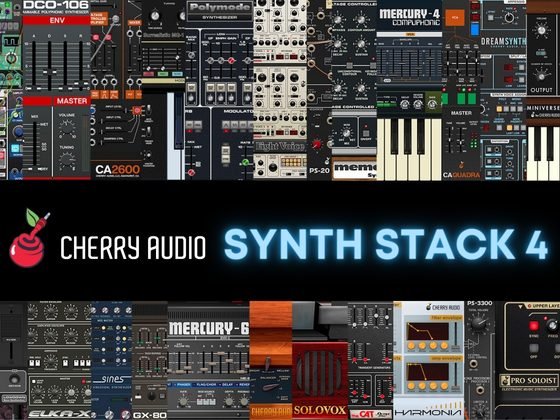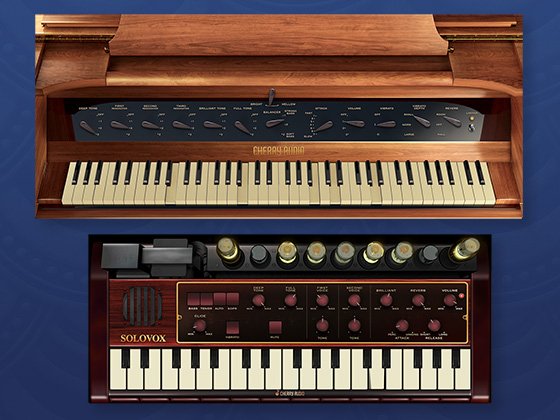Manufacturer: Benard
$20.00
This module is a chaotic generator based on the Rössler attractor, a system of three non-linear ordinary differential equations originally studied by Otto Rössler. A forward Euler solver is used to calculate the values of the system at every sample.
It has three parameters that control the behavior of the system, resulting in X, Y and Z output values.
The dT knob controls the increment used at every sample step to numerically solve the equations. You can think of this as the step size, but keep in mind that this is a continuous system. You can use a sample and hold or a quantizer after the output if you want to use discreet values.
Under some parameter settings the system can get stuck in a static or periodic behavior. Pressing the inject button will introduce new random values into the system to reset it.
The cap toggle scales the values to keep them within range, causing a different kind of behavior in the process. This does not directly affect the range of the output, but only the values within the system, before they're scaled and offset (see below).
The Rand button sets the parameter knobs to random values for quickly exploring different combinations. But keep in mind that you may also need to inject new values in some cases when the system gets stuck, using the inject button.
The respective scale and offset knobs allow you to easily adjust the range of produced values for musical purposes. Keep in mind that if the scale knobs are set to zero there will be no output.
There are 3 main outputs: for the X, Y and Z values. There is also a mix output that combines (added and divided by 3) the 3 signals, and 3 additional outputs of combinations of two of the signals: X - Y, X - Z, and Y - Z. These all have an additional attenuator to control the output level, which multiplies the signal after the scale and offset.
There is also a trigger output at the bottom right. This takes advantage of the behavior of the Rössler attractor in the Z axis, where values occasionally jump, to produce unpredictable trigger patterns when the Z value exceeds the threshold value set by the knob.
It is usually a good idea to connect the outputs to oscilloscopes, to have a clearer idea about what's going on, especially regarding ranges. The Benard CV Display, Min/Max and Map Range modules can also come in handy.
This system can produce a wide range of behaviors and noise types when controlling oscillators. Use your ear and experiment to find sweet spots and interesting settings.
This module is part of the Benard Mega Bundle Vol. 3.
For an animation of the Rössler attractor, have a look here: https://bl.ocks.org/gcalmettes/2097c8e3e077bbd1b30dce3dbb93ac58
Title of Song
- Rössler Attractor quick noise demo



























































